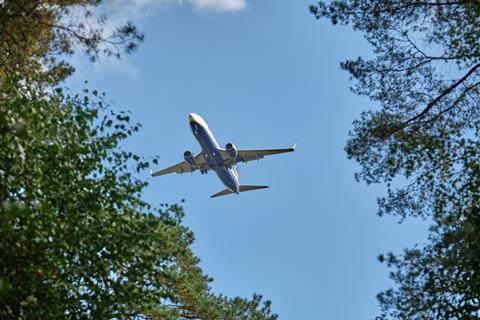European researchers have concluded that regulations and policies currently being debated which are designed to reduce the environmental impact of aviation could significantly lower the sector’s carbon dioxide (CO2) emissions by 2050.
Funded by the EU’s Clean Sky 2 programme, the GLIMPSE 2050 – or global impact assessment of regulations and polices for sustainable aviation by 2050 – project attempted to analyse how effective different strategies would be.

It found that, assuming new technologies – including those being developed under Clean Sky 2 – had matured sufficiently by 2050, that policy initiatives currently under consideration could reduce global CO2 emissions from aircraft by 11% and NOX emissions by 14%.
GLIMPSE classified these regulations and policies into four groups: technological, sustainable aviation fuels, operational, and those that were economic- or market-based.
Legislation dealing with ATM modernisation, permitting wake-energy retrieval schemes – such as Airbus’s fello-fly initiative – and taxes on fuel and ticket would have the biggest impact, the study found, contributing 80% of the total greenhouse gas reductions.
Those regulations would tend to “decrease the number of flights and number of flown aircraft-kilometres, reduce fleet size, and increase the share of long-haul flights,” it says.
The project consortium consisted of the Royal Netherlands Aerospace Centre alongside Germany’s’ DLR national aerospace centre.


























